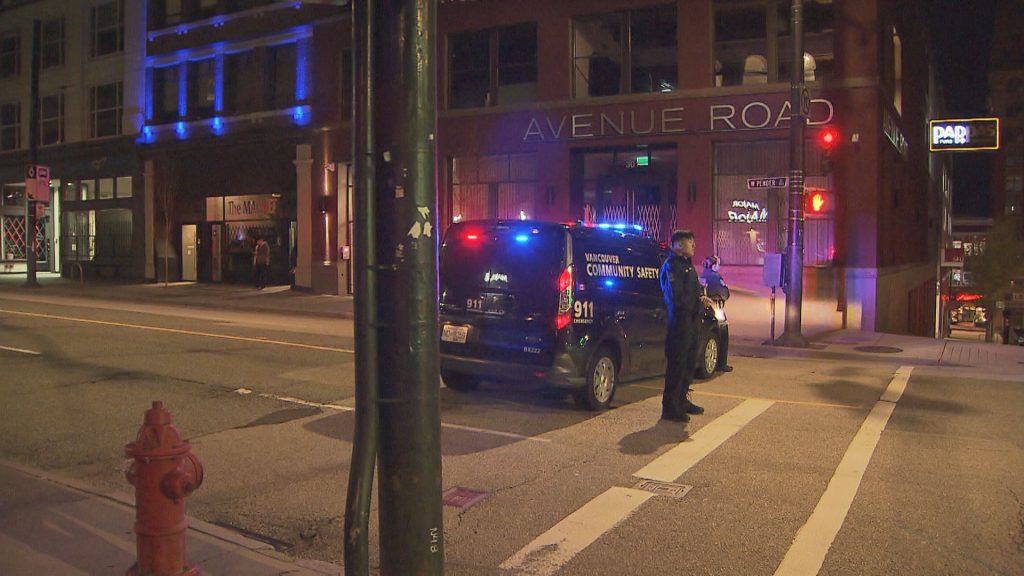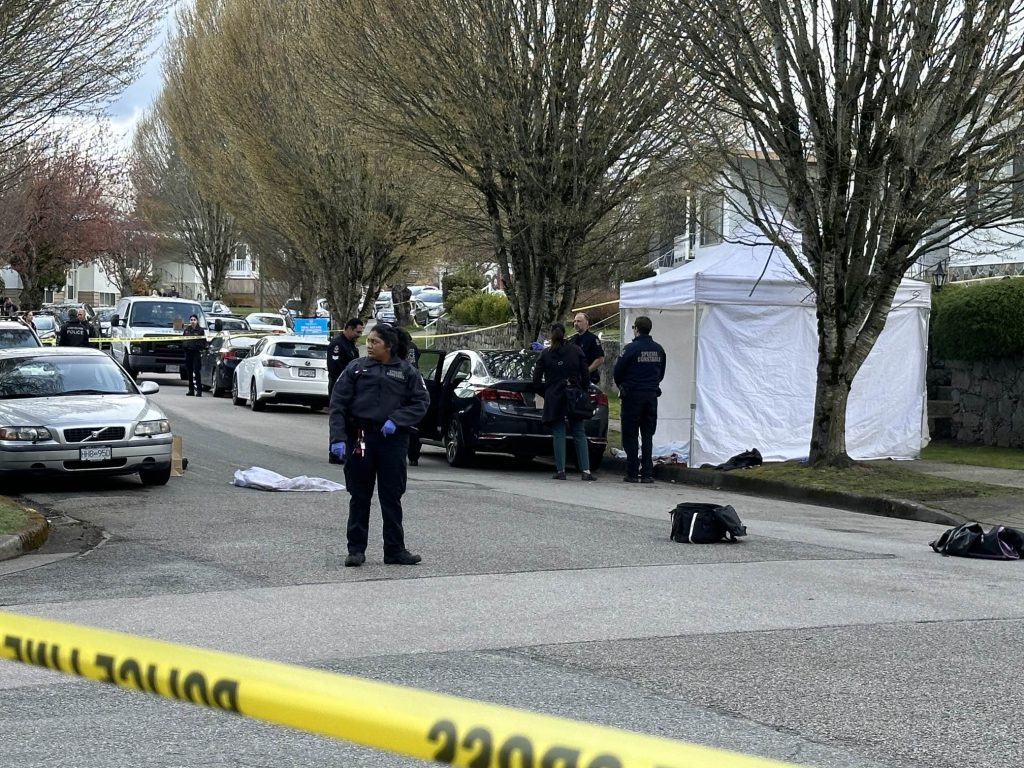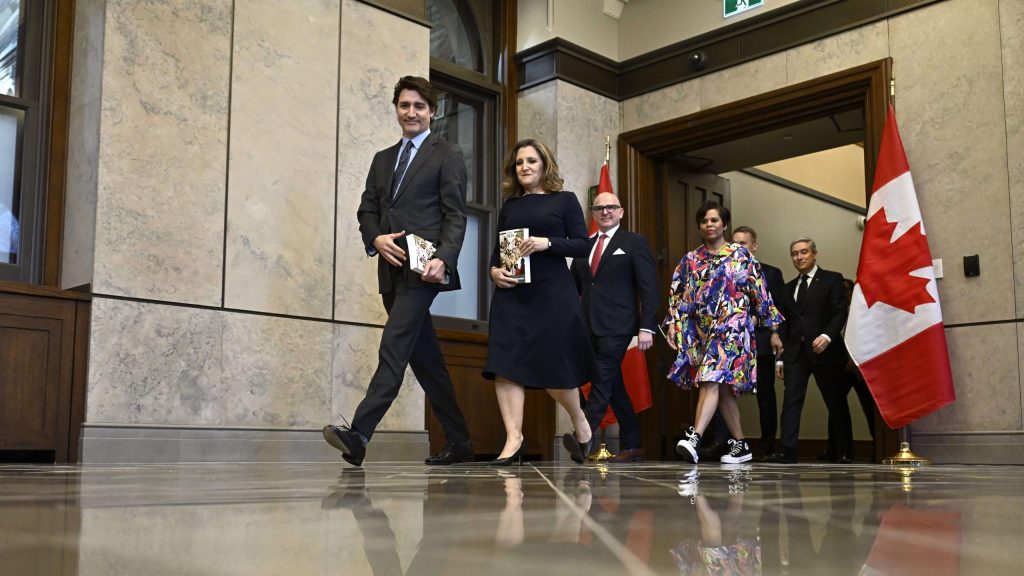Chilean dreams of rescuing box camera photography
Posted January 18, 2017 10:03 am.
Last Updated January 18, 2017 11:00 am.
This article is more than 5 years old.
SANTIAGO, Chile – Luis Maldonado is the last remaining photographer in the main square of the Chilean capital still using a wooden box camera.
Clients are scarce, with days, even weeks, passing before someone asks him to create a portrait with the old-fashioned contraption. But coming from a family of box camera photographers that includes his grandfather, father and an uncle, Maldonado is unwilling to give up his beloved wooden box.
To make ends meet, Maldonado has taken on gardening and janitorial jobs. He’s worked as a security guard and as a photographer shooting digital Christmas photos of kids sitting on Santa’s lap.
“I know that you have to eat and live. But if it were up to me, I’d only be doing box photos. It’s what fills me up,” he said. “I’d be empty without the box.”
The box camera was developed and became popular in the late 19th century. Its mechanism is simple: Light enters through a lens and the photographic paper inside captures a negative image of the subject photographed.
The box works both as a camera and a photo lab.
Once the negative has been developed, the photographer takes a picture of the negative image, using his arm to hold a special paper in front of the lens to get a positive print.
The process lasts about 20 minutes, resulting in a vintage-looking image.
At about $7.50 per portrait, a box camera photograph costs more than twice as much as the $3 charged for a digital one.
Because most people are unwilling to pay more for a box camera photograph, Maldonado finally gave in and bought a digital camera and a small printer to make cheaper photographs.
For photographs with either kind of camera, the 48-year-old keeps a wooden horse and cow that children can pose with.
“While I take one photo, my colleagues take 10,” Maldonado said of other photographers who take digital photos at the Plaza de Armas in downtown Santiago.
The first wooden box camera arrived in Chile in 1911 and seven years later there were about 300 box photographers in the country, Chilean historian Octavio Cornejo said. The box photographers union had more than 5,000 members by 1942, but that number plunged to about 300 by 1972, he said.
Maldonado believes box photography can be revived and wants to help raise awareness about the art form.
He remains proud of the work he did at the 2003 Venice Biennale in an exhibit about traditional Chilean art forms by artist Eugenia Vargas, using his box camera to photograph people who lined up to have their portraits taken.
“You need to live and also do the things you like in life,” Maldonado said, smiling. “And I do what I like … It’s beautiful work, it’s nostalgic and it’s a part of me. I carry it in my veins.”
___
Follow AP photographers and photo editors on Twitter: http://apne.ws/15Oo6jo










